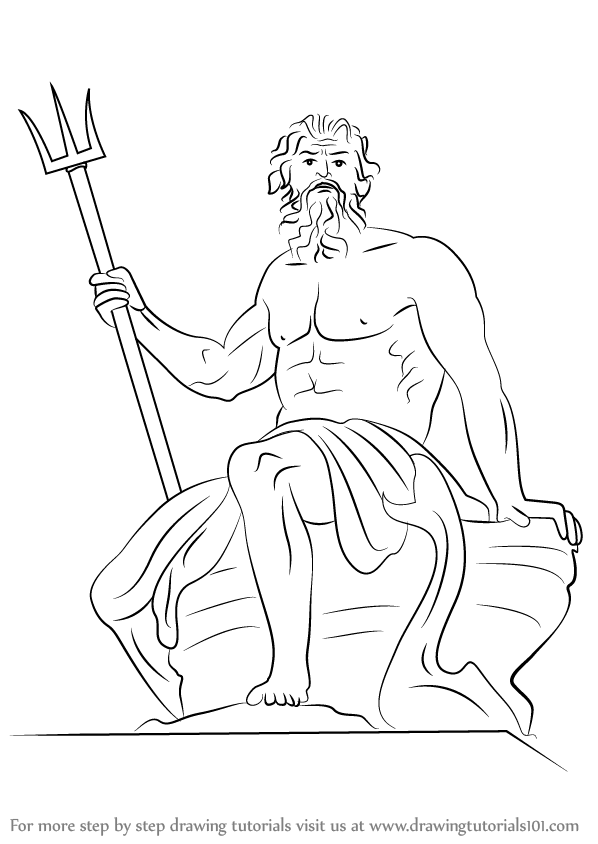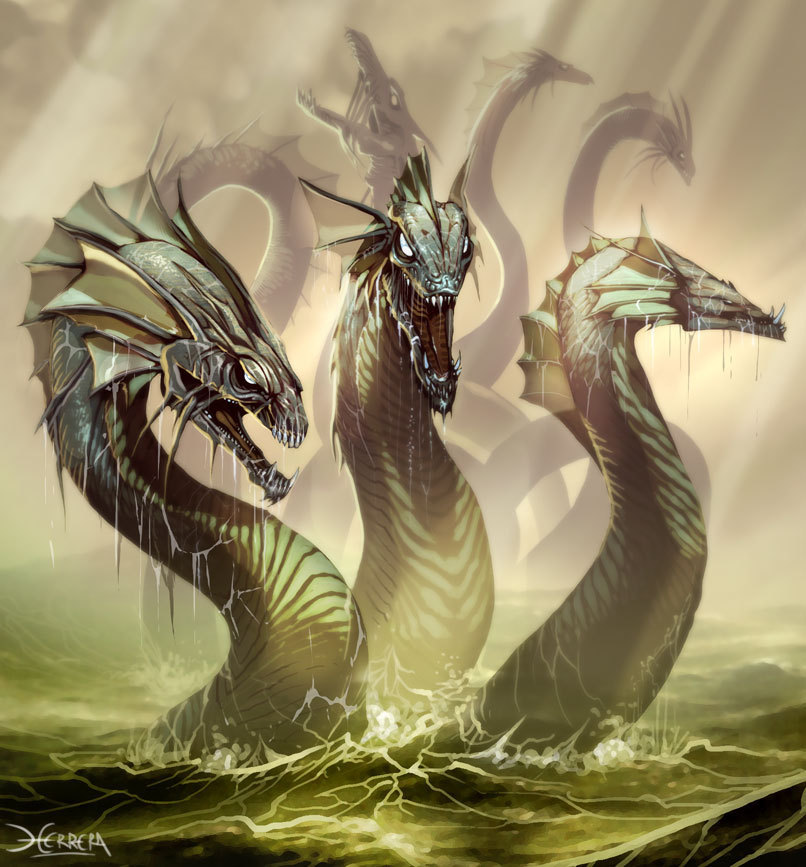

Luckily for the heroes, the Ancient Greeks had the strangest, coolest, most terrifying creatures & monsters mythology had to offer ranging from Dragons, Giants, Demons and Ghosts, to multi-formed creatures such as the Sphinx, Minotaur, Centaurs, Manticores & Chimaera. The heroes are probably the best-known part of Greek mythology, but what makes a hero? Please send us your comments.Creatures and Monsters from Greek Mythology This exhibit is a subset of materials from the Perseus Project digital library and is copyrighted. To read more about these topics, see Further Resources. It was Peisander of Camirus who, in order that the beast might appear more frightful and his poetry might be more remarkable, represented the hydra with its many heads. It had, however, in my opinion, one head, and not several. I am ready to believe that this beast was superior in size to other water-snakes, and that its poison had something in it so deadly that Heracles treated the points of his arrows with its gall. Even so, Pausanias did not think that this labor was as fantastic as the myths made it out to be: to him, the fearsome hydra was just, well, a big water snake.Īt the source of the Amymone grows a plane tree, beneath which, they say, the hydra (water-snake) grew. This technicality didn't seem to matter much to anyone else: the ancient authors still give Hercules all of the credit. He said that since Iolaus had helped his uncle, this labor should not count as one of the ten. Paul Getty Museum, Malibu, CaliforniaĮurystheus was not impressed with Hercules' feat, however. Main panel: Hercules slaying the Lernean hydraĬollection of the J. As for the rest of the hapless hydra, Hercules slit open the corpse and dipped his arrows in the venomous blood.

This he buried at the side of the road leading from Lerna to Elaeus, and for good measure, he covered it with a heavy rock. Once he had removed and destroyed the eight mortal heads, Hercules chopped off the ninth, immortal head. The flames prevented the growth of replacement heads, and finally, Hercules had the better of the beast. Quickly disposing of this nuisance, most likely with a swift bash of his club, Hercules called on Iolaus to help him out of this tricky situation.Įach time Hercules bashed one of the hydra's heads, Iolaus held a torch to the headless tendons of the neck.

With his club, Hercules attacked the many heads of the hydra, but as soon as he smashed one head, two more would burst forth in its place! To make matters worse, the hydra had a friend of its own: a huge crab began biting the trapped foot of Hercules. The monster was not so easily overcome, though, for it wound one of its coils around Hercules' foot and made it impossible for the hero to escape. Once the hydra emerged, Hercules seized it. Antikensammlungen und Glyptothek, Münchenįirst, Hercules lured the coily creature from the safety of its den by shooting flaming arrows at it. Side A: scene at left, Hercules and Iolaos in chariot Munich 1416, Attic black figure amphora, ca. So, the pair drove to Lerna and by the springs of Amymone, they discovered the lair of the loathsome hydra. Legend has it that Iolaus won a victory in chariot racing at the Olympics and he is often depicted as Hercules' charioteer. Iolaus, who shared many adventures with Hercules, accompanied him on many of the twelve labors. His trusty nephew, Iolaus, was by his side. Hercules set off to hunt the nine-headed menace, but he did not go alone.

Schoder, S.J., courtesy of Bolchazy-Carducci Publishers Nor was this beast easy prey, for one of the nine heads was immortal and therefore indestructible. A monstrous serpent with nine heads, the hydra attacked with poisonous venom. From the murky waters of the swamps near a place called Lerna, the hydra would rise up and terrorize the countryside. The second labor of Hercules was to kill the Lernean Hydra. Hercules' Second Labor: the Lernean Hydra


 0 kommentar(er)
0 kommentar(er)
